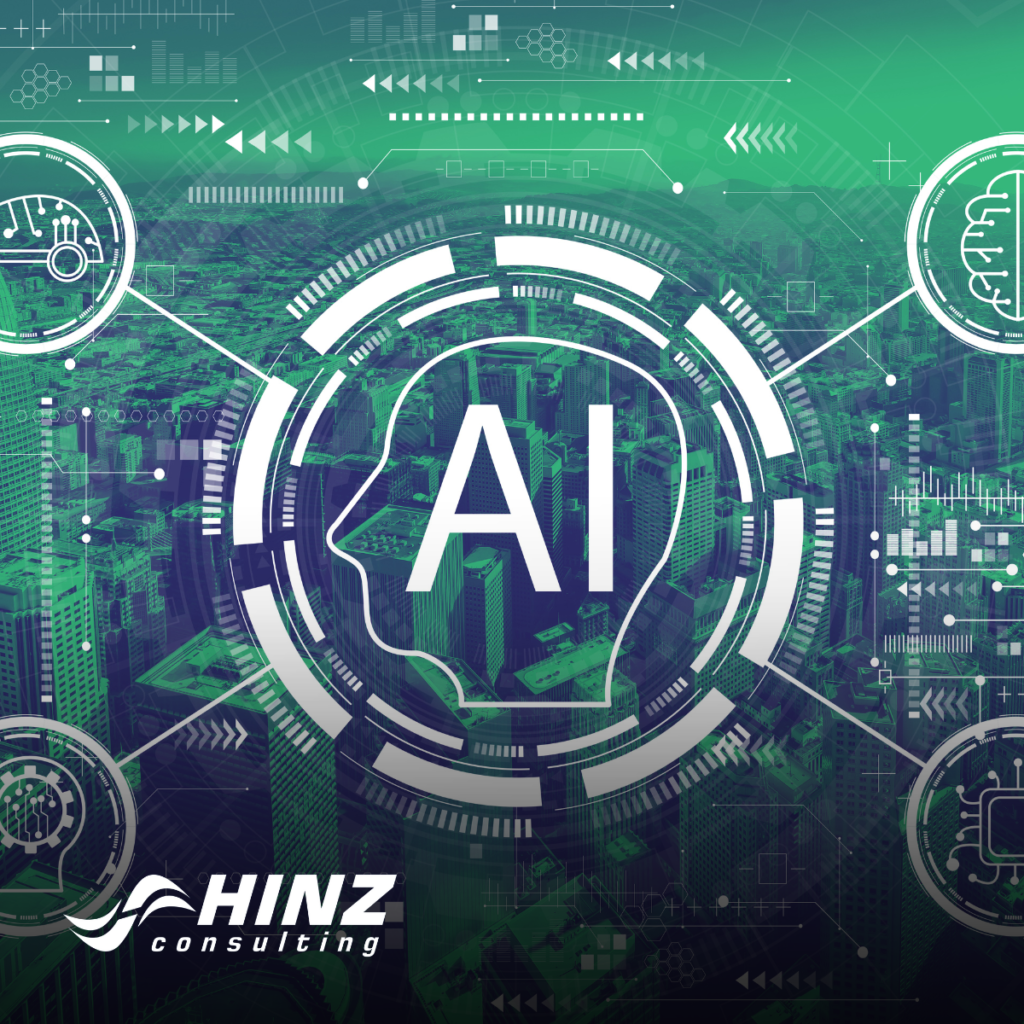The 5 Pillars of AI Functionality

In the ever-evolving landscape of artificial intelligence (AI), five core principles stand as the pillars that underpin the field. Let’s embark on a journey through these ‘big ideas,’ each playing a pivotal role in shaping the capabilities and potential of AI. Decoding AI’s Foundation Artificial Intelligence, often considered the frontier of technological innovation, rests on […]
What Are The Hardest Question For AI?

In the landscape of AI’s accelerating capability, machine cognition still has complex challenges to navigate. The following text highlights and dissects the challenges artificial intelligence as the technology seeks to mirror human intelligence. Ambiguity and Context Artificial Intelligence faces difficulties with questions lacking clarity or multiple interpretations. The challenge intensifies when context is paramount for […]
The Integration of AI in Data Processing

Data processing and analysis has been wholistically integrated into business for years, but the paradigm is shifting based on the cutting-edge capabilities of artificial intelligence (AI). This exploration illuminates how AI is reshaping processing methods, optimizing efficiency, and unlocking new possibilities across industries. The Evolution of Data Processing in the AI Era As industries grapple […]
